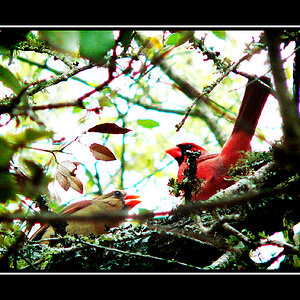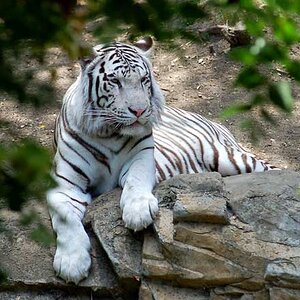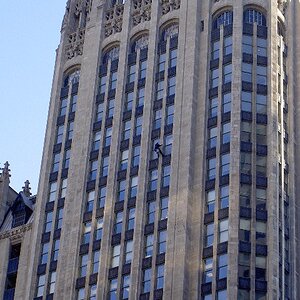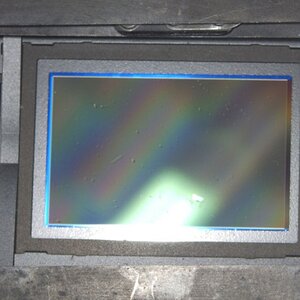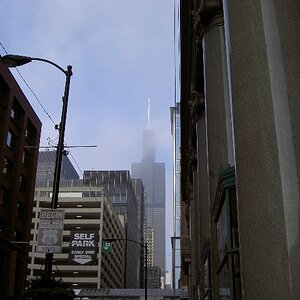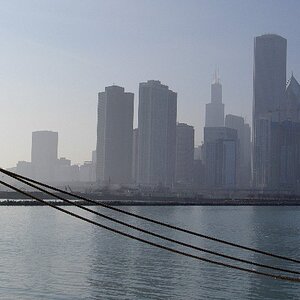droyz2000
TPF Noob!
- Joined
- Jun 17, 2006
- Messages
- 304
- Reaction score
- 0
- Location
- Buffalo, NY
- Can others edit my Photos
- Photos NOT OK to edit
I have been working at a photo studio for about 3 months. I would say that it is a step up from JC Penny's or similar but it is no where close to a private studio in terms of quality. While I have been there, not once have I seen or been able to use a light meter, which can make for some crappy shots. I was wondering it is common practice in studios to not use a light meter and just use the screen on the back of the camera to see if your lighting is good?




![[No title]](/data/xfmg/thumbnail/38/38737-350089c7ae87f5c983c5362b9b78b671.jpg?1619738703)
